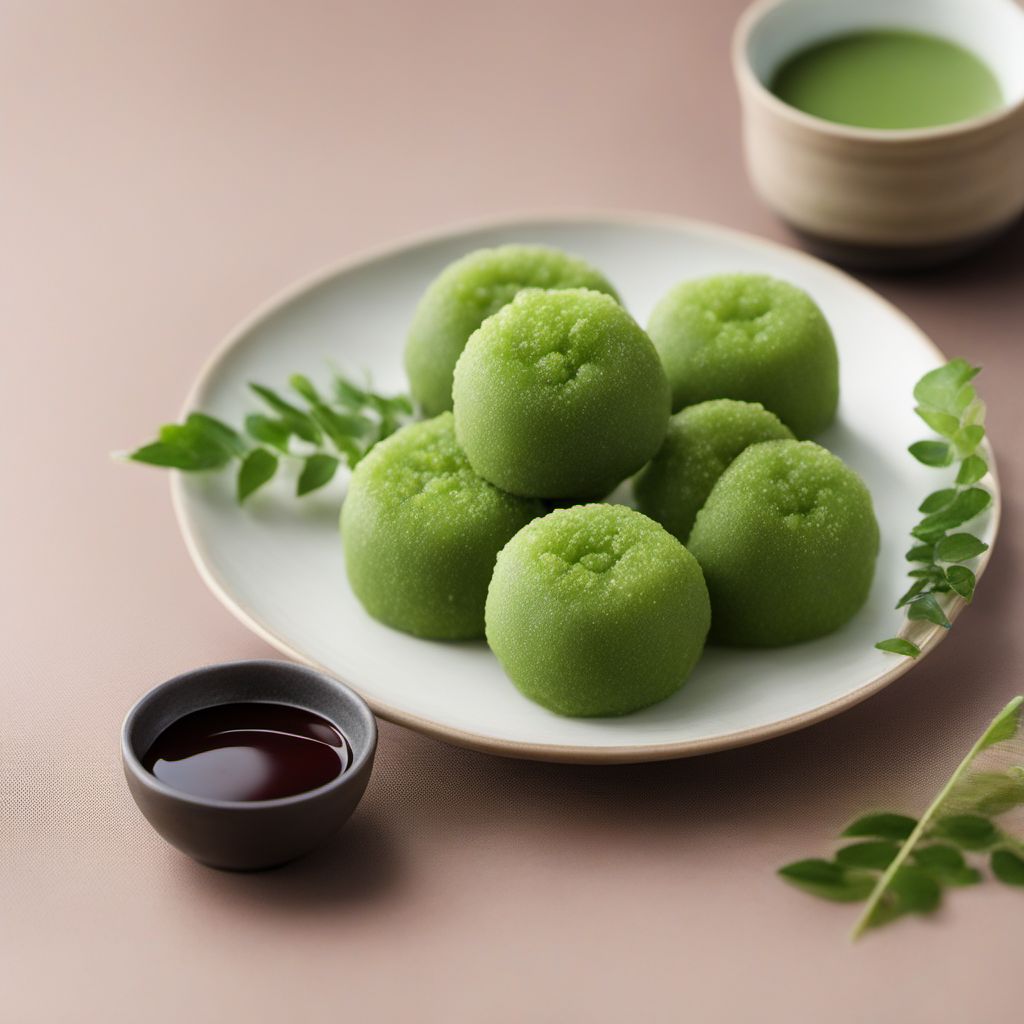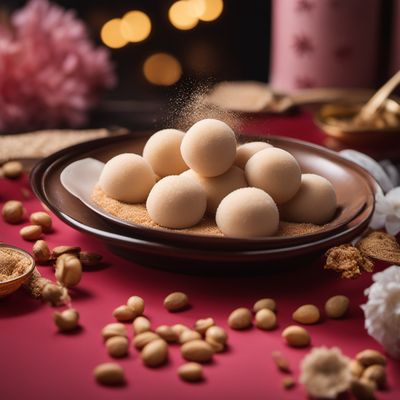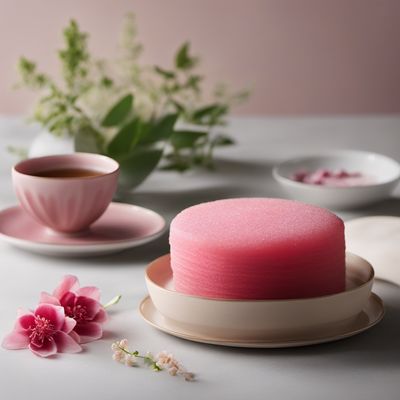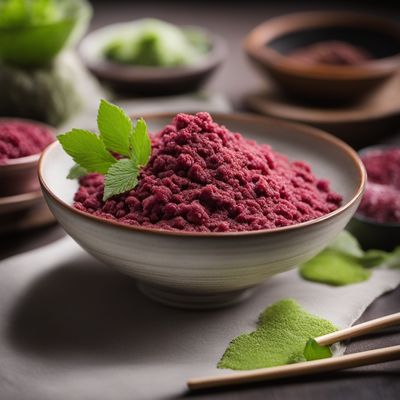
Recipe
Sasa Dango with Matcha Glaze
Matcha Delight: Sasa Dango with a Twist
4.5 out of 5
Sasa Dango is a traditional Japanese sweet made from glutinous rice flour and sweet red bean paste. This recipe adds a modern twist by incorporating a delicious matcha glaze, giving it a vibrant green color and a delightful earthy flavor.
Metadata
Preparation time
20 minutes
Cooking time
5 minutes
Total time
25 minutes
Yields
12 servings
Preparation difficulty
Easy
Suitable for
Vegetarian, Vegan (if using vegan sweet red bean paste), Gluten-free (if using gluten-free glutinous rice flour), Nut-free, Dairy-free
Allergens
N/A
Not suitable for
Paleo, Keto, Low-carb, High-protein, Sugar-free
Ingredients
-
1 cup (200g) glutinous rice flour 1 cup (200g) glutinous rice flour
-
1/4 cup (50g) granulated sugar 1/4 cup (50g) granulated sugar
-
1/2 cup (120ml) water 1/2 cup (120ml) water
-
1/2 cup (100g) sweet red bean paste 1/2 cup (100g) sweet red bean paste
-
1 tablespoon matcha powder 1 tablespoon matcha powder
-
2 tablespoons hot water 2 tablespoons hot water
-
Cornstarch, for dusting Cornstarch, for dusting
Nutrition
- Calories (kcal / KJ): 120 kcal / 502 KJ
- Fat (total, saturated): 0g, 0g
- Carbohydrates (total, sugars): 28g, 10g
- Protein: 2g
- Fiber: 1g
- Salt: 0g
Preparation
-
1.In a mixing bowl, combine the glutinous rice flour, sugar, and water. Mix well until a smooth dough forms.
-
2.Divide the dough into small portions and shape them into balls.
-
3.Take each ball and flatten it with your palm. Place a small amount of sweet red bean paste in the center and wrap the dough around it, sealing it tightly.
-
4.In a separate bowl, mix the matcha powder with hot water until it forms a smooth paste.
-
5.Dip each filled mochi ball into the matcha glaze, ensuring it is evenly coated.
-
6.Place the coated mochi balls on a plate dusted with cornstarch to prevent sticking.
-
7.Allow the matcha glaze to set for a few minutes before serving.
Treat your ingredients with care...
- Glutinous rice flour — Make sure to use glutinous rice flour specifically for making mochi, as regular rice flour will not yield the desired texture.
- Matcha powder — Use high-quality matcha powder for the best flavor and vibrant green color.
Tips & Tricks
- To prevent the dough from sticking to your hands, lightly dust them with cornstarch.
- If you prefer a sweeter taste, you can add a bit more sugar to the dough mixture.
- Serve Sasa Dango with a cup of hot green tea for a traditional Japanese experience.
- If you don't have sweet red bean paste, you can substitute it with other fillings such as peanut butter or Nutella.
- Store any leftovers in an airtight container to maintain their freshness.
Serving advice
Serve Sasa Dango as a delightful dessert or snack. Arrange them on a beautiful plate or a traditional Japanese lacquerware tray for an elegant presentation.
Presentation advice
To enhance the visual appeal, sprinkle some additional matcha powder on top of the Sasa Dango before serving. You can also garnish with a small edible flower or a dusting of powdered sugar.
More recipes...
More Japanese cuisine dishes » Browse all

Zenzai
Red bean soup with mochi
Zenzai is a traditional Japanese dessert soup made with azuki beans, sugar, and mochi. It is typically served hot and is a comforting treat during...

Peanut Powdered Mochi
Peanut powdered mochi is a traditional Chinese dessert made from glutinous rice flour and peanut powder. It is a soft and chewy dessert that is...

B.C. Roll
B.C. Roll is a popular sushi roll that is made with smoked salmon and avocado.






